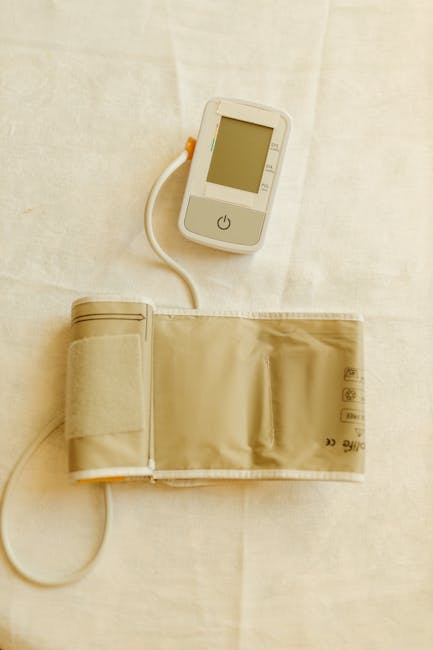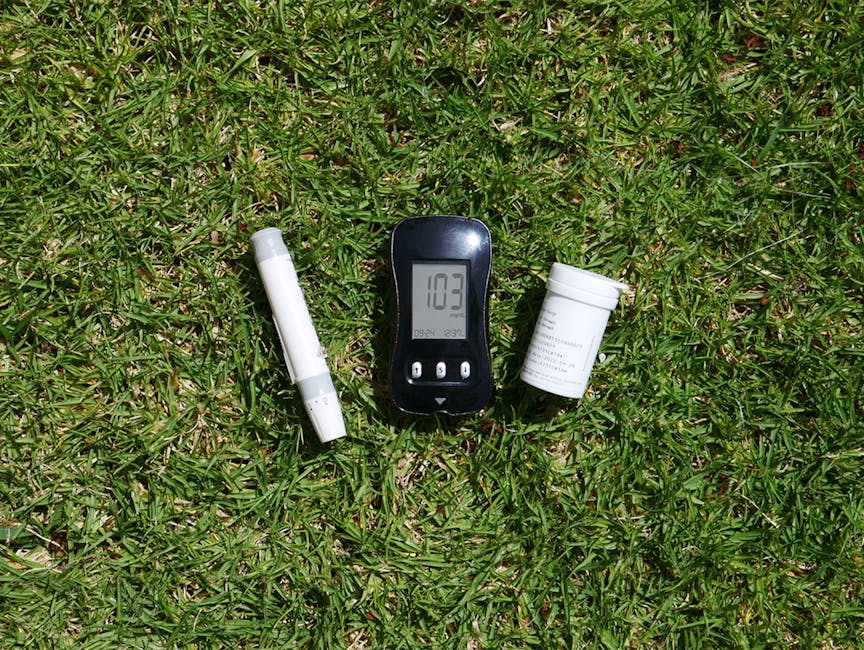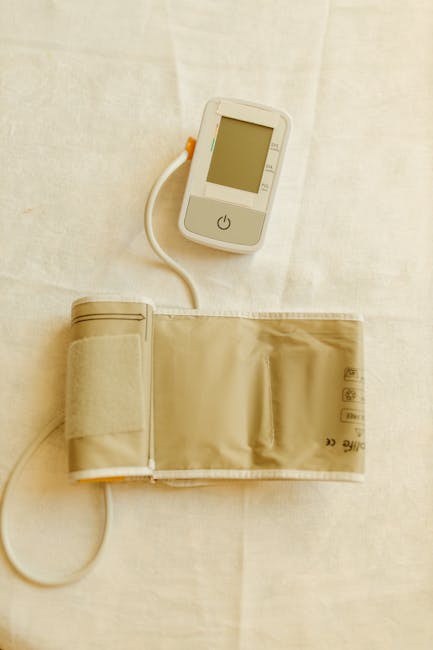How to Bring Your Blood Pressure Down Quickly: Safe and Effective Strategies
High blood pressure, or hypertension, is a silent killer affecting millions worldwide. While medication is often necessary for long-term management, understanding how to lower your blood pressure quickly in emergency situations or to manage temporary spikes is crucial for your health. This comprehensive guide explores safe and effective strategies to help you bring your blood pressure down quickly, emphasizing the importance of consulting your doctor for proper diagnosis and treatment.
Understanding Blood Pressure and Its Risks
Blood pressure is the force of your blood pushing against the walls of your arteries. It’s measured in millimeters of mercury (mmHg) as two numbers: systolic (the top number) and diastolic (the bottom number). High blood pressure consistently above 140/90 mmHg significantly increases your risk of heart disease, stroke, kidney failure, and other life-threatening conditions.
Factors Contributing to High Blood Pressure
- Genetics: Family history of hypertension increases your risk.
- Lifestyle Choices: Poor diet, lack of exercise, excessive alcohol consumption, and smoking significantly contribute.
- Underlying Medical Conditions: Kidney disease, sleep apnea, and thyroid problems can elevate blood pressure.
- Stress: Chronic stress elevates hormones that constrict blood vessels.
- Age: Blood pressure tends to increase with age.
Immediate Actions to Lower Blood Pressure
If you experience a sudden spike in blood pressure, or if you suspect a hypertensive crisis (extremely high blood pressure), seek immediate medical attention. While waiting for medical help, you can try these techniques, but remember they are temporary measures and not a substitute for professional care:
1. Relaxation Techniques
Stress is a major contributor to blood pressure spikes. Deep breathing exercises, meditation, or progressive muscle relaxation can help calm your nervous system and lower your blood pressure. Aim for slow, deep breaths, focusing on your exhale.
2. Lifestyle Adjustments (Short-Term)
- Reduce Sodium Intake: Avoid processed foods, fast food, and salty snacks. Excess sodium retains water, increasing blood volume and pressure.
- Hydrate: Drink plenty of water to help flush out excess sodium and improve blood flow.
- Limit Caffeine and Alcohol: These substances can temporarily elevate blood pressure.
- Avoid Nicotine: Smoking constricts blood vessels, increasing blood pressure.
3. Over-the-Counter Medications (Consult Your Doctor First)
Certain over-the-counter medications may provide temporary blood pressure relief, but always consult your doctor before using them. Some pain relievers and decongestants can interact with other medications and exacerbate underlying conditions.
Long-Term Strategies for Blood Pressure Management
Lowering your blood pressure quickly is only a temporary solution. Managing hypertension requires a long-term commitment to lifestyle changes and, in many cases, medication. Here are some crucial long-term strategies:

1. Dietary Changes
Adopting a heart-healthy diet rich in fruits, vegetables, whole grains, and lean protein is crucial. The DASH (Dietary Approaches to Stop Hypertension) diet is particularly effective in lowering blood pressure. Focus on reducing saturated and trans fats, cholesterol, and sodium.
2. Regular Exercise
Aim for at least 150 minutes of moderate-intensity aerobic exercise per week. This helps improve heart health, strengthens blood vessels, and reduces stress. Incorporate strength training exercises twice a week to build muscle mass.
3. Stress Management Techniques
Chronic stress is a significant contributor to high blood pressure. Practice regular stress-reduction techniques like yoga, meditation, deep breathing, or spending time in nature. Explore therapy or counseling if stress is overwhelming.
4. Weight Management
Obesity increases the risk of hypertension. Losing even a small amount of weight can significantly lower your blood pressure. Focus on healthy eating and regular exercise for sustainable weight loss.

5. Medication
Your doctor may prescribe medication to lower your blood pressure if lifestyle changes aren’t enough. Common medications include diuretics, ACE inhibitors, beta-blockers, and calcium channel blockers. Take your medications as prescribed and never stop without consulting your doctor.
6. Regular Monitoring
Regularly monitor your blood pressure at home using a home blood pressure monitor. This helps you track your progress and identify potential issues early. Share your readings with your doctor during your check-ups.
When to Seek Immediate Medical Attention
Seek immediate medical attention if you experience:

- Severe headache
- Shortness of breath
- Chest pain
- Confusion
- Nausea or vomiting
- Blurred vision
- Nosebleeds
- Blood pressure consistently above 180/120 mmHg
Conclusion
Knowing how to bring your blood pressure down quickly can be life-saving in emergency situations. However, it’s crucial to remember that these are temporary measures. Long-term management of hypertension requires a comprehensive approach that includes lifestyle changes, regular monitoring, and often, medication. Always consult your doctor for diagnosis, treatment, and personalized advice to manage your blood pressure effectively and maintain your overall health.

